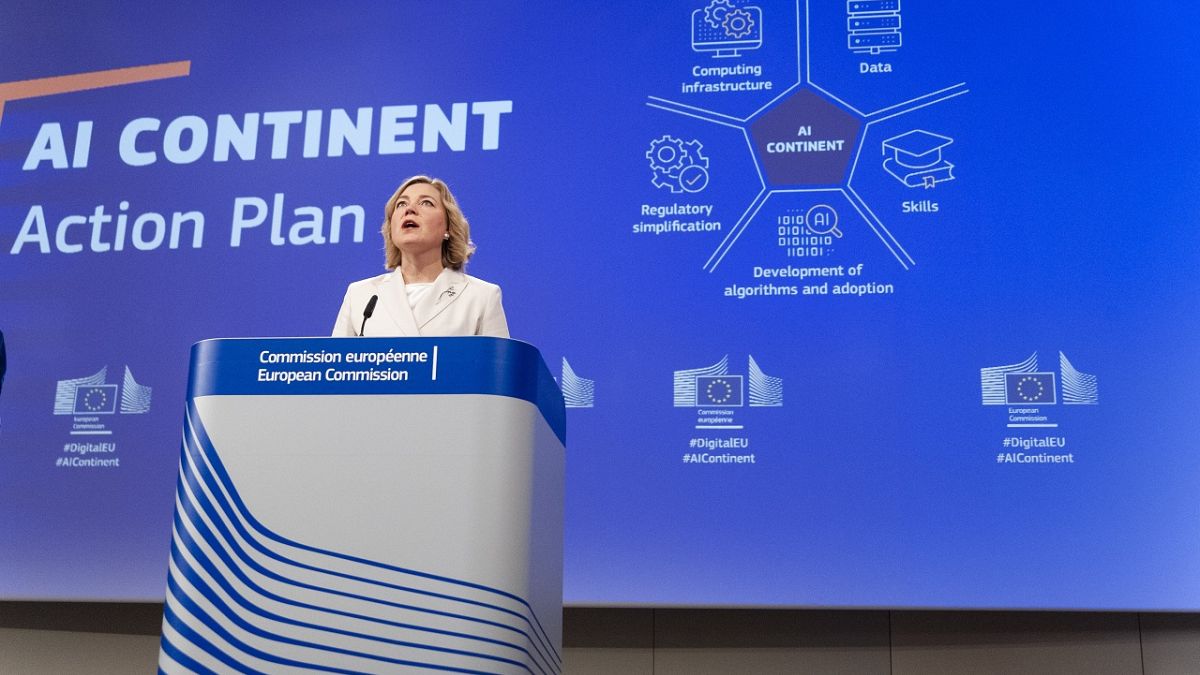

In an era marked by rapid technological advancement and heightened environmental awareness, new initiatives and innovations are constantly reshaping our world. In this atmosphere of change, the European Union, major corporations, and governments are taking steps to harness technology’s potential while encouraging sustainable development.
The European Commission is fostering collaboration and ethical standards in artificial intelligence (AI). Recently, it organized a workshop through its AI Office. This event focused on discussions surrounding the final code of practice for AI and the benefits of adopting this code. The aim of this initiative is to bring companies together in a shared commitment to ethical AI use, fostering an environment where innovation can thrive responsibly and equitably. By pushing for this code, the European Commission seeks to ensure that AI technologies are developed and used in ways that are aligned with societal values and legal standards, thus securing public trust and confidence in AI practices.
Meanwhile, AI continues to revolutionize the realm of entertainment, offering a glimpse into a more interactive and personalized future. Samira Panah Bakhtiar of Amazon Web Services described a future where entertainment becomes multi-dimensional. AI is significantly enhancing how we engage with sports by providing highly personalized and interactive experiences. These advancements are transforming audiences from passive viewers into active participants, deepening their connection to the action as it unfolds on the field. This evolution signifies the potential of AI to enrich our leisure activities, making them more engaging, and aligning with individual preferences and interests.
In another part of the world, technological innovations are taking on smaller forms. Recently, China unveiled a tiny spy drone that intriguingly resembles a mosquito. This device, strikingly small at just 2 cm in length and weighing only 0.3 grams, demonstrates the possibilities of miniature technology in espionage. Equipped with two delicate wings and three slender legs, this micro drone can evade conventional radar detection, presenting new opportunities and challenges in the field of surveillance technology. As these minuscule devices continue to evolve, they prompt important conversations about privacy and regulatory oversight, urging us to consider their potential uses and misuses critically.
Beyond AI and micro technology, sustainability remains a vital focus for governments and businesses alike. In Australia, the government has stepped forward with a significant environmental investment, illustrating a commitment to sustainable development. Wesfarmers secured a $100 million loan from the Clean Energy Finance Corporation (CEFC) to install solar panels, batteries, and electric vehicle (EV) chargers at Bunnings and Officeworks stores nationwide. This initiative is a part of a broader effort to encourage the uptake of renewable energy solutions across the commercial sector. CEFC Chief Executive Ian Learmonth expressed hope that these high-profile installations might inspire a broader move toward solar energy solutions, creating a ‘ripple effect’ throughout the industry. This step is crucial in bridging the gap between commercial and residential adoption of sustainable technologies, inching both sectors closer to achieving environmental targets and reducing carbon footprints.
These stories exemplify how innovation and sustainability can go hand in hand. As we move forward, these initiatives remind us of the profound impact of embracing technology and sustainability. Whether it’s uniting AI ethics, personalizing entertainment experiences, miniaturizing technology, or committing to renewable energy, society thrives through mindful innovation. By staying focused on these paths, we ensure that technological progress harmonizes with the well-being of our planet and its inhabitants, crafting a future where technological marvels complement the drive towards sustainability.
Source: {link}
